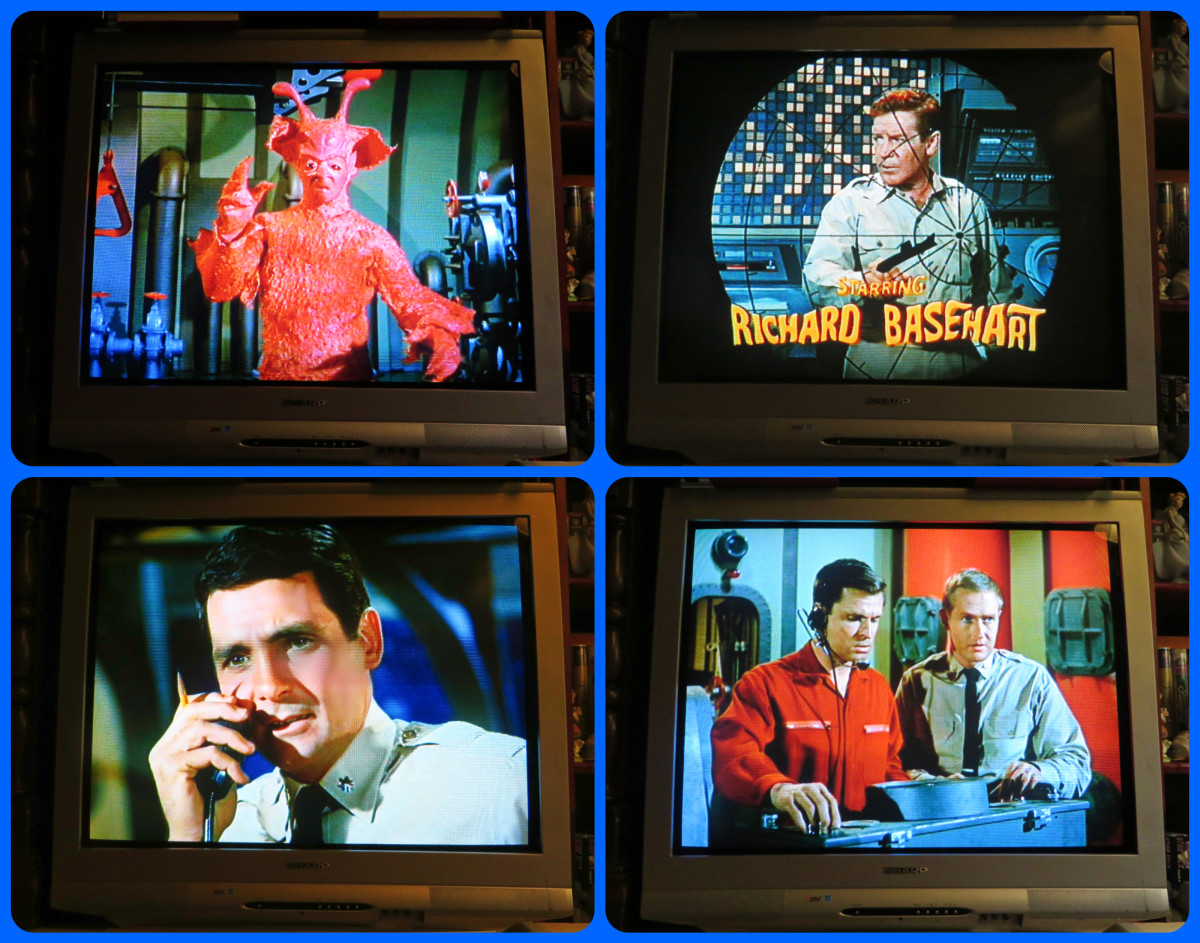HUD 101: Heads Up Display Stats & Details

Heads-up displays, or HUDs, are the future. Though they are already commonplace in gaming interfaces, as well as some advanced vehicles (and even some widely available cars), HUDs will only gain popularity, making their way into glasses, visors, mirrors, and all sorts of interfaces. They will help us recognize friends, comparison shop, and network more effectively. They will also help us drive more safely, make smarter, more educated decisions, and better navigate through modern society.
Because HUDs have been used so extensively in video games, their configuration and use in this realm will influence the design and functionality of HUDs that make their way into everyday life. It is therefore helpful to have a look at the stats presented on HUDs in video games to get an idea of what might transfer over to the 'real world.'
Below is an outline of the most important stats displayed on video game HUDs. Expect to see similar information displayed on a shiny new HUD of your own in a couple years' time.
Health
As you're playing a game, the health of your character (or characters, or team) is of extreme importance, hence this is one of the most important HUD Stats on display.
Sometimes health is displayed in the form of lives one has remaining; sometimes health is displayed as a more general percentage of one life that players are working with. In addition to showing a basic number or percentage, health stats are often shown with changing colors (red, for example, indicating dangerous lows) or arrows (showing whether health is improving or worsening).
Energy
Related to health in a way is energy, which includes (or can be further broken down into) physical energy, weapons, and ammo.
Energy stats that pertain to weapons typically show which weapon is in use and how much ammo remains for that particular weapon. Energy stats that pertain to health might display health packs or other healing fixes one might have on hand and be able to utilize in order to stabilize low numbers.
Score
What would a HUD be if it did not tell players how they're doing in a game? Some of the most important stats displayed on video gaming HUDs are those pertaining to one's place in game progression.
This may come in the form of:
- Accumulated experience points
- A gamer's current level
- Stats on a gamer's progress within one particular task or quest
Compass
Games are all about reaching objectives, so HUDs must clearly state them, either in the form of a compass or quest arrow.
Common in first-person shooters and RPGs, compasses help to keep players on task and give them an idea of what challenges should be taken on next. In some cases, quest arrows look like actual arrows and compasses look like actual compasses. In other cases, compasses manifest themselves as some other indicator of the next discrete task that must be undertaken.
Related item: Maps
In addition to providing some imperative regarding direction, many HUDs offer small maps to give players a sense of location. Many are displayed in a form similar to radar; others look more like miniature Google Maps.
Capabilities
The object of gaming is to overcome unnecessary obstacles using a set number of resources, hence it is usually important to list relevant resources or capabilities in a player's HUD.
Capabilities or resources may include:
- Magic points
- Ammo
- Weapons
- Items
- Spells
- Special abilities
- New opportunities (e.g. to enter a new area, pick something up, etc...)
Capabilities are most often displayed as icons and text. Should players have many different capabilities, these stats might be organized into a menu that takes up less space on the HUD but is convenient and easy to browse.

Time
Another common displayed stat on HUDs is time- either time counting down to the end of a present turn or mission, or time displaying how long one has been playing.
Alternately, time may reflect how a player is performing relative to other players (e.g. comparing record times with a player's current time).
Some HUDs also display real time or present time in the gaming realm- a standard time to which all gamers in a multiplayer environment, regardless of time zone, adhere.
Menus
As HUDs are essentially convenient peripheral displays or resources, it is only natural that menus should make their way into the interface. Most menus include quick links to change settings, leave the game temporarily, and delete files.
Additional Common Stats Displayed in HUDs
The following elements are common in more specific gaming formats:
- Speedometers: Common in racing games or vehicle simulation games
- Crosshairs: Common in shooting games
- Stealthometer: Common in stealth games; displays the awareness of a player's opponents of the player's presence
The Gist
HUDs are a simple way to add an information overlay to any environment. Though future everyday HUDs might not display quest arrows, they could certainly display task lists, and while they might not list ammo or energy, they can track things like energy levels and monthly budgets. In short, game-related stats are easily translatable to real world scenarios.. Hence gaming HUDs, more than vehicle HUDs, currently offer the most practical real-life information, and should therefore be looked to when one wants to get a taste of commercial design of HUDs meant for everyday tasks.





